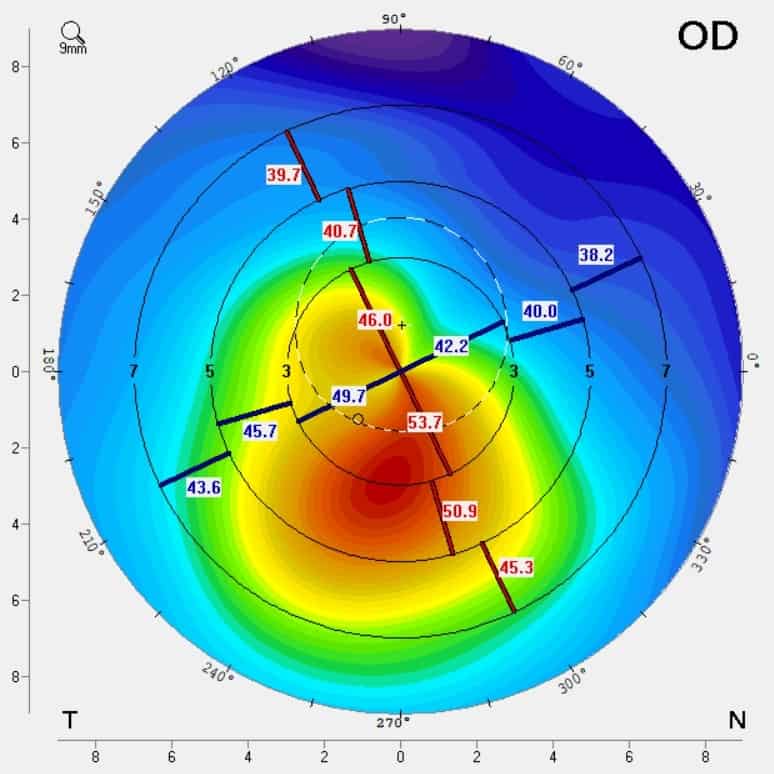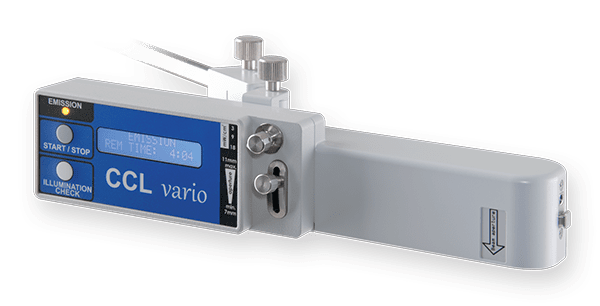Cross Linking is a procedure with strengthens the links between these layers, preventing it from deforming any further.
What is Corneal Collagen Cross Linking?
The cornea (kaw-nee-uh) is made up of many thin layers, organised like many thin pieces of paper on top of each other.
Each layer is linked to the above and below layer to provide strength to the cornea.
In conditions such as keratoconus, these links between layers are weak, which allows the cornea to bend and bulge, causing the abnormal shape of the cornea which leads to poor vision.
Cross Linking is a procedure with strengthens the links between these layers, preventing it from deforming any further.
The procedure is done through the interaction of riboflavin (vitamin B2) drops and a special type of UV-A light.
Following the procedure, the cornea is stronger and resists any further changes in shape, stabilising the vision of someone with Keratoconus.

How is Corneal Collagen Cross Linking performed?
It is performed in the clinic and takes approximately 40 minutes. You will lie flat on a bed for the procedure. The first step is to make a small abrasion on the surface of the cornea to help the eyedrops absorb into the cornea. When enough drops have absorbed, the UV light will be switched on and the treatment will commence.

What is the benefit of Corneal Collage Cross Linking?
Studies show that by performing cross linking, it will halt progression of keratoconus in 95% of cases. This may mean that people avoid requiring stronger and stronger glasses, contact lenses and in some cases, avoid the need for surgery
What is the recovery time after Corneal Collage Cross Linking?
The eye is quite uncomfortable for the first 3 days but then settles. Most patients can return to work, school or study 4 days after having corneal collagen cross linking performed.
For more information on keratoconus you may wish to visit: https://www.keratoconus.org.au/
Helpful Links: Intense Pulse Light, Epiretinal Membrane, Macular Hole, Central Serous Chorioretinopathy, Allergic Eye Disease, Keratoconus
